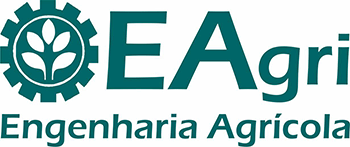The aim of this study was to use digital images acquired by cameras attached to a helium balloon to detect variation of the nutritional status in Brachiaria decumbens. The treatments consisted of five doses of nitrogen (0, 50, 100, 150 e 200kg ha-1) with six replications each, evaluated in a completely randomized statistical design. A remote sensing system composed of digital cameras and microcomputers was used for image acquisition, and a helium balloon lifted the cameras to the heights of 15, 20, 25 and 30m. A portable chlorophyll meter and analyses of leaf nitrogen content were used to make comparisons with data obtained by the remote sensing system. Data was acquired in two phases, in different climatic conditions. At the end of each phase, dry matter production was measured. Three vegetation indices were used to evaluate the detection of different nutritional status. The three indices were able to detect the effects of N doses. The indices constructed with the Green spectral band showed to be more efficient.
digital images; vegetation indices; nitrogen









